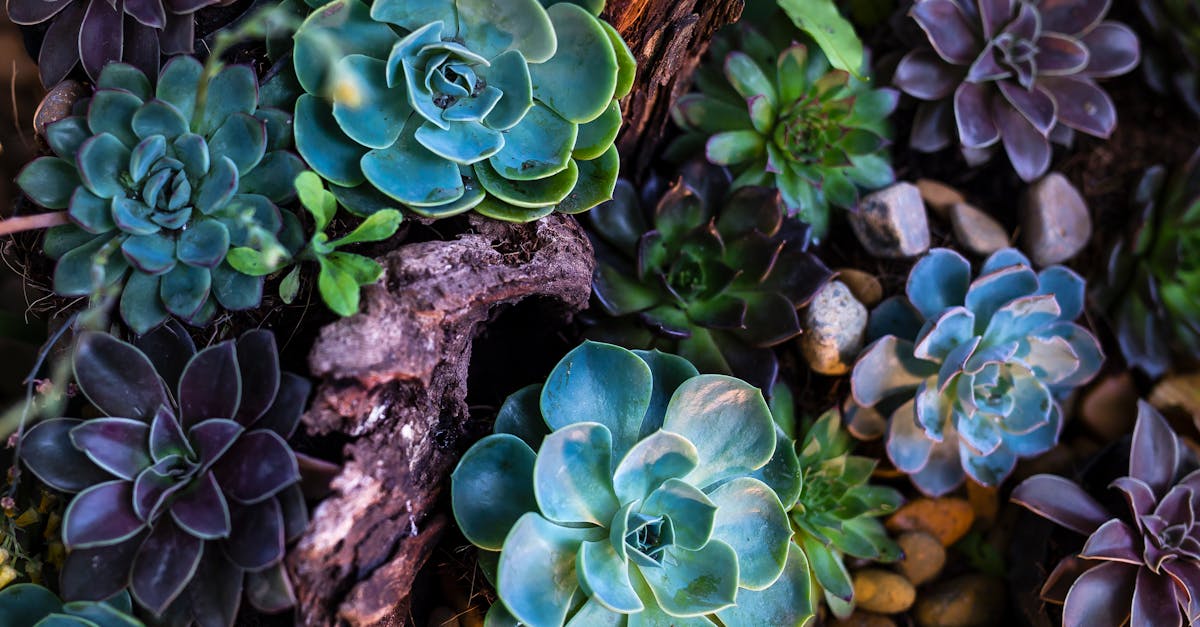Key Takeaways
- Clay pebbles are lightweight and porous, providing optimal drainage and aeration for plant roots.
- They retain moisture effectively, ensuring plants receive a steady water supply without the risk of waterlogging.
- Clay pebbles are reusable, cost-effective, and help prevent mold and fungi growth in hydroponic systems.
- Their neutral pH level makes them suitable for a wide variety of plants, contributing to healthy root development and overall plant growth.
- When using clay pebbles, ensure to rinse them thoroughly before planting, maintain proper pH levels, and monitor plant growth regularly for successful growth.
- Top plant choices for clay pebbles include herbs like basil and mint, leafy greens like lettuce and spinach, and flowering plants like orchids, each thriving in this growing medium.

What are Clay Pebbles?
Clay pebbles, also known as hydroton or expanded clay, are a popular growing medium in hydroponic gardening.
They are made by heating clay in a kiln to create lightweight, porous pellets.
The texture and shape of clay pebbles allow for optimal drainage and aeration, making them ideal for plant roots to thrive.
When using clay pebbles, they provide excellent support for plant roots while also retaining moisture effectively. This ensures that plants receive a steady water supply without the risk of waterlogging. Additionally, clay pebbles are reusable and help prevent the growth of mold and fungi in the growing environment.
Clay pebbles are versatile and can be used in various hydroponic systems, including drip systems, ebb and flow, and nutrient film technique setups. Their neutral pH level makes them suitable for a wide range of plants, contributing to healthy root development and and so plant growth.
For more information about the benefits of using clay pebbles in hydroponic gardening, you can visit this site. If you are interested in learning how to properly set up a hydroponic system using clay pebbles, check out this guide.
Benefits of Using Clay Pebbles for Plants
What makes clay pebbles a fantastic choice for your plants? Let’s jump into the benefits:
- Excellent Drainage: Clay pebbles ensure optimal drainage for plant roots.
- Aeration: They provide good aeration, preventing waterlogging.
- Reusable: You can reuse clay pebbles, making them cost-effective.
- Prevent Mold Growth: These pebbles help prevent mold and fungi growth in your hydroponic system.
- Neutral pH Level: They have a neutral pH level, suitable for various plants.
Using clay pebbles can improve your plant’s growth and health. Want to learn more about hydroponic gardening? Check out this guide to hydroponics.

How to Use Clay Pebbles for Planting
When planting with clay pebbles, start by rinsing them thoroughly. Fill your hydroponic system with the pebbles, ensuring even distribution. Plant your favorite greens or herbs. Add water and nutrients as needed, maintaining a proper pH level. Monitor your plants regularly for growth.
For more detailed instructions on using clay pebbles for planting, check out our resources on hydroponic system setup and nutrient management to ensure successful growth.
Best Plants for Clay Pebbles
When it comes to selecting plants for clay pebbles, we have some top choices that thrive in this growing medium. Here are a few options to consider:
- Herbs: Basil, mint, and cilantro do exceptionally well in clay pebbles, providing fresh flavors for your culinary adventures.
- Leafy Greens: Lettuce, spinach, and kale are perfect choices for clay pebbles, offering a continuous supply of nutritious leaves.
- Flowering Plants: Orchids and anthuriums flourish in clay pebbles, showcasing beautiful blooms with proper care.
For more insights on selecting plants for clay pebbles, check out our detailed guide on choosing the right plants for hydroponics.

Tips for Maintaining Plants in Clay Pebbles
Here are some tips to keep your plants thriving in clay pebbles:
- Regular Monitoring: Check plant growth frequently to ensure they’re healthy.
- Proper pH Levels: Maintain the pH balance of your nutrient solution for optimal growth.
- Water and Nutrient Levels: Ensure plants receive adequate water and nutrients.
- Pruning and Trimming: Trim off any dead or yellow leaves to promote healthy growth.
- Pest Control: Keep an eye out for pests and take necessary measures to protect your plants.
For more detailed guidance on hydroponic plant care, visit our hydroponic plant care guide.
